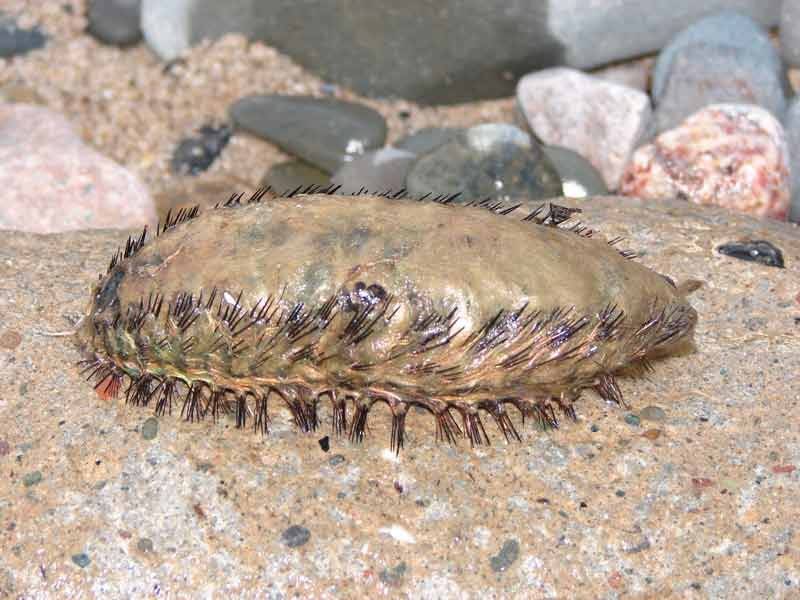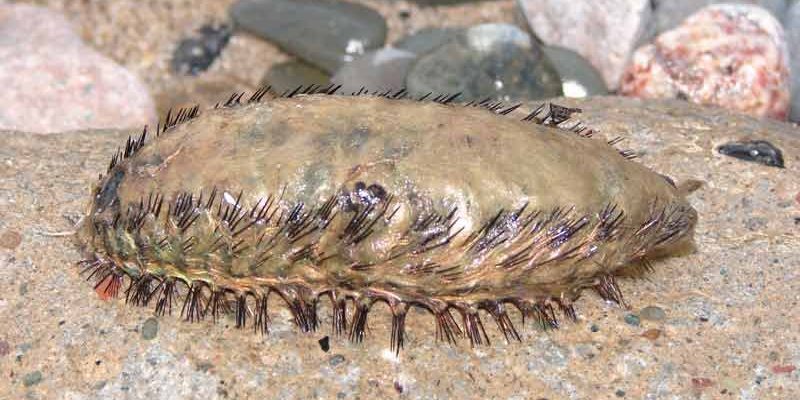
These sea stars might look tough with their spiky exterior, but they face various challenges from both predators and changes in their environment. Understanding these threats is vital for anyone interested in marine biology or conservation efforts. Grab a cup of coffee, and let’s dive into the world of the Aphrodite aculeata and explore the factors that threaten their populations.
Understanding the Role of Aphrodite Aculeata in the Ecosystem
To appreciate the challenges facing the Aphrodite aculeata, it’s essential to understand its role in the marine ecosystem. Think of the spiny sea star as a gardener of the ocean floor. These creatures help keep populations of mollusks, like clams and snails, in check. By preying on these organisms, they maintain balance within their habitat. But what happens if their populations decline?
When you remove a key player from an ecosystem, it’s like pulling a thread from a well-woven tapestry. The entire structure can start to unravel. The decline of Aphrodite aculeata can lead to overpopulation of their prey, which in turn affects the health of the reef and the organisms that depend on it. This interconnectedness is where the significance of their survival truly shines.
Predators of Aphrodite Aculeata
Now, let’s talk about the *real* threats to these spiny sea stars—predators. Just like in any good action movie, our heroes face villains that aim to take them down. In the case of the Aphrodite aculeata, these villains include various fish, sea birds, and even other marine invertebrates.
One of the primary predators of the spiny sea star is the dogfish shark. These sharks aren’t just out for a casual swim; they’re skilled hunters that can sniff out and devour unsuspecting sea stars. Alongside them, certain species of sea stars, such as the crown-of-thorns starfish, also pose a threat, showcasing that not all stars shine brightly in the ocean. It’s a tough life for the Aphrodite aculeata, constantly dodging these predators.
How Predation Affects Population
The impact of predation on Aphrodite aculeata populations can be significant. A single predator can consume multiple sea stars in a short period, leading to a notable decline in their numbers. If predator numbers increase, the sea stars may not reproduce quickly enough to keep up.
This isn’t just a problem for the sea stars themselves; it sends ripples through the ecosystem. Fewer Aphrodite aculeata means more clams and snails, which can lead to an imbalance that may affect coral reefs and other marine life. It’s a reminder of how every creature, big or small, has a role to play.
Environmental Threats Facing Aphrodite Aculeata
While predators are a significant threat, environmental changes can be just as dangerous. Climate change, pollution, and habitat destruction are three major challenges for the Aphrodite aculeata. Let’s break these down one by one.
Climate change is altering ocean temperatures, which can affect the habitat suitability for these sea stars. Warmer waters can lead to coral bleaching and reduced food availability. It’s like trying to survive in a warm room without air conditioning; the heat becomes unbearable, affecting the overall health of marine life.
Pollution is another critical issue. Chemicals in the water, like heavy metals and plastics, can be toxic to marine organisms. Imagine a once-pure stream becoming murky and uninviting—this is what pollution does to sea star habitats, disrupting their feeding and breeding.
Lastly, habitat destruction often occurs due to coastal development and overfishing. When natural shelters—like rocky outcrops and coral reefs—are removed, it leaves sea stars vulnerable. Without a safe home, their populations can dwindle.
Mitigating Environmental Threats
Addressing these environmental threats requires collective action. Governments, organizations, and individuals must come together to reduce pollution, combat climate change, and protect marine habitats. Simple actions, like reducing plastic use and supporting conservation efforts, can make a difference.
Organizations are also working on restoring damaged ecosystems, creating marine protected areas, and conducting research to monitor the health of Aphrodite aculeata populations. It’s like a community coming together to build a stronger wall around their fortress, ensuring safety for everyone inside.
Conservation Efforts for Aphrodite Aculeata
Conservation efforts are crucial for ensuring the survival of Aphrodite aculeata. Various organizations and research groups focus on understanding their biology and ecology to create effective conservation strategies.
These efforts include monitoring their populations and habitats, researching their reproductive behaviors, and studying their responses to environmental changes. By gathering data, scientists can develop actionable plans to protect the species.
Additionally, educating the public about the importance of these sea stars is vital. Awareness campaigns can foster appreciation for marine life, encouraging people to participate in beach clean-ups and conservation projects. It’s like instilling a sense of guardianship and responsibility for our oceans.
The Role of Local Communities
Local communities can play a pivotal role in conservation. Involving those who live near coastlines ensures that the needs and voices of those most affected are heard. Educational programs can help residents understand how their actions impact marine life, fostering a culture of stewardship.
For example, community-led initiatives can include establishing marine protected areas and advocating for sustainable fishing practices. These grassroots efforts can create sustainable systems that benefit both the environment and the local economy. It’s like fortifying the fortress with a dedicated volunteer army, keeping the predators at bay and ensuring the safety of the inhabitants.
Future Outlook for Aphrodite Aculeata
Looking to the future, the fate of Aphrodite aculeata lies in our hands. If we don’t address the factors threatening their survival, we risk losing not just a species but also the ecological balance it helps maintain.
The good news is that awareness is growing, and many organizations are dedicated to protecting marine biodiversity. Through research, education, and community engagement, there’s hope for Aphrodite aculeata and their habitats.
However, it’s essential to stay vigilant. Just as the spiny sea stars adapt to their environment, we too must adapt our strategies. Continued collaboration and innovation in conservation will be key to ensuring these remarkable sea stars thrive for generations to come.
In conclusion, Aphrodite aculeata faces numerous threats, from predators to environmental changes. Understanding these challenges is the first step to making a difference. By working together, we can help protect these incredible sea stars and preserve the wonderful world they inhabit. Just like they work tirelessly to maintain balance in their ecosystems, we too can take action to safeguard our oceans.

